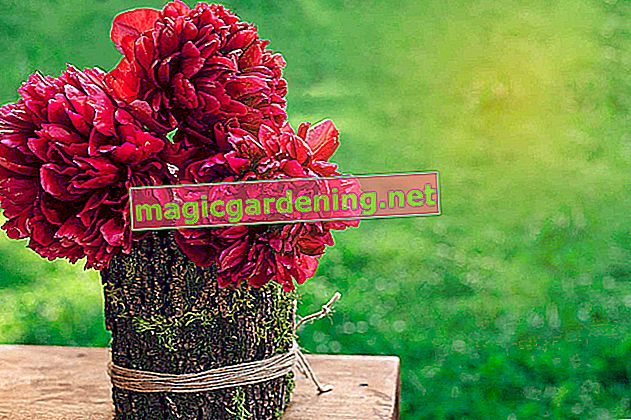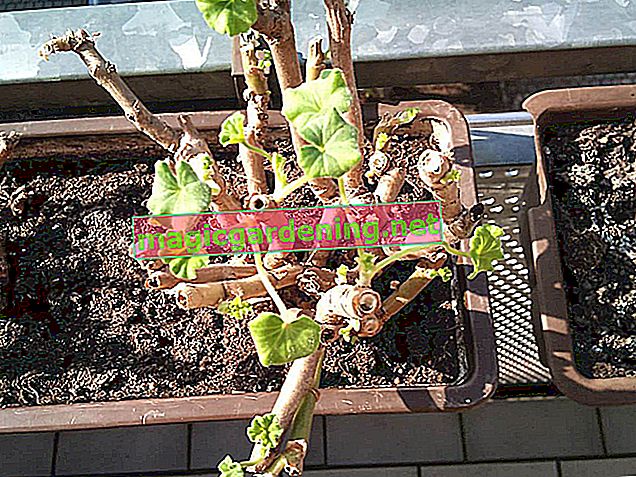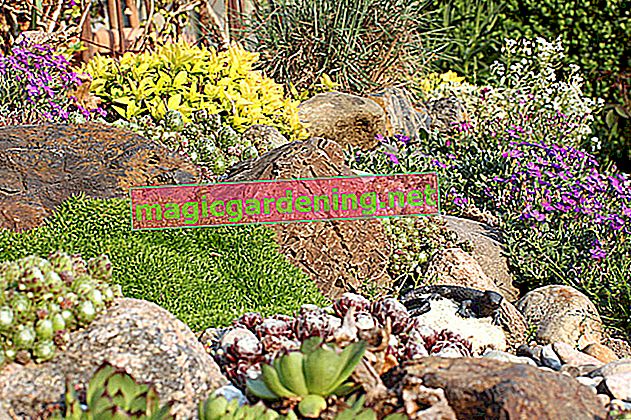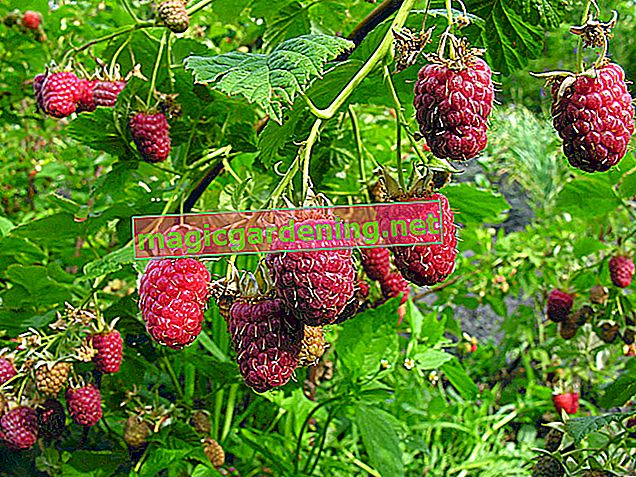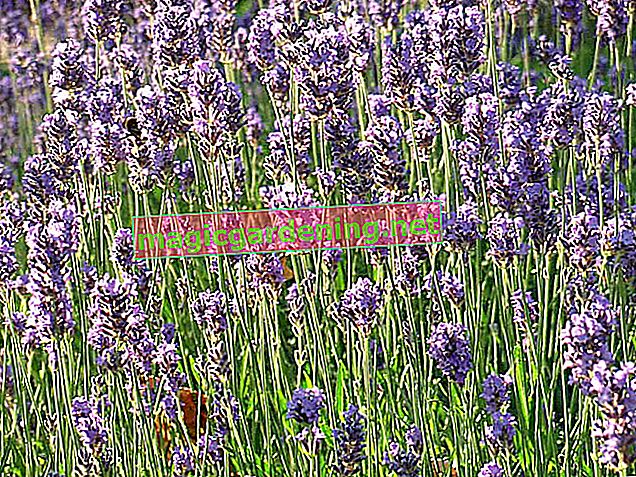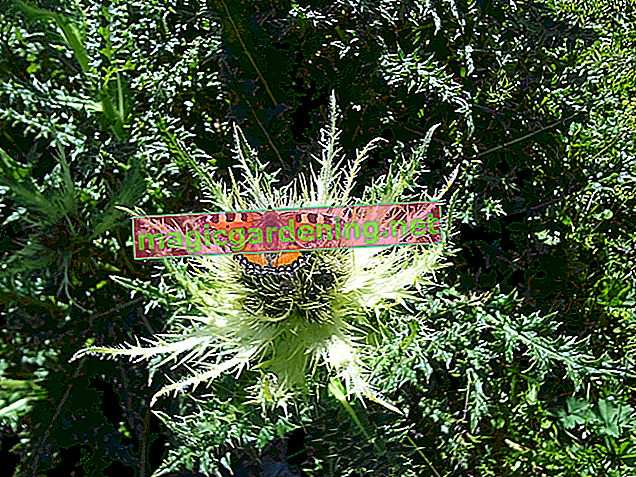
Propagation by seeds
In the fall, harvest some of the red fruits and completely remove the pulp. Let them dry off on a paper towel for a day. This will help the seeds germinate faster and not start to rot.
also read
- Propagate stevia - this is how breeding succeeds
- Propagate anthuriums yourself - this is how breeding succeeds
- Propagate oregano yourself - this is how breeding succeeds
As a substrate, potting soil or, as with many wild shrubs, very humus topsoil with admixture of sand are suitable. Scatter the seeds in grooves a few centimeters apart in the container and cover them with some soil. Keep the soil evenly moist and put a clear plastic bag over the container.
The hawthorn germinates very slowly, in nature it can take up to a year for the seeds to sprout. If hawthorn fruits remain in the garden, they will germinate automatically in the following spring if the conditions are favorable. You can carefully dig up the many small seedlings and transplant them to another location.
Breeding from cuttings
At the beginning of the growing season, cut four to eight centimeters long seedlings from the annual wood. The hawthorn shoots should have at least one leaf and one leaf bud and should be cut above a tangible knot.
- Cut the cutting at a slight angle.
- Put the lower third in potting soil.
- Immersion in rooting powder stimulates root formation.
- Keep the seedling evenly moist.
- Cover with a bag to create a greenhouse climate.
Alternatively, cuttings can be used for offspring, which you can cut as early as February. Strong annual shoots that are not yet fully mature are well suited. Use a clean cutting tool to separate the seedlings from the mother plant just below one eye. Two thirds of the cuttings are stuck in substrate or garden soil. Keep the plants warm and moist so they will take root quickly.
Tips & Tricks
The hawthorn is one of the cold or frost germs. Stratify the extracted seeds in the refrigerator. This cold treatment, which comes close to nature's example, causes the seeds to sprout more quickly.

